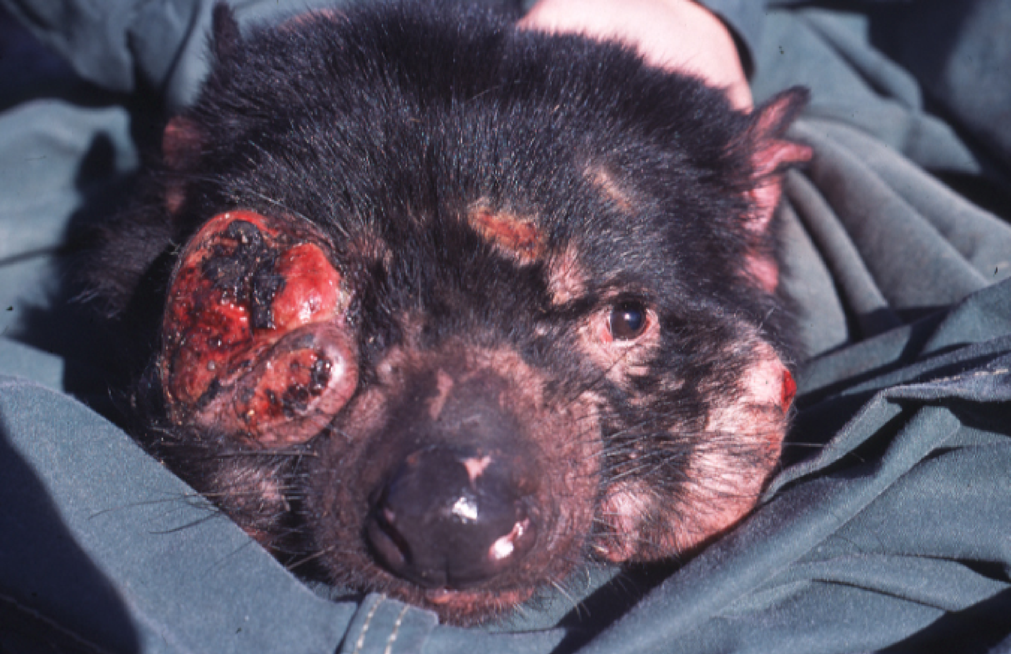When researchers become enamored of a particular protein and
want to study it, one of the first things they do is figure out how to get
their hands on a LOT of it. That way, they can put it in test tubes, add and
subtract different chemicals and alter the conditions and environment
(temperature, pH, etc.) to figure out what really makes the protein act the way
it does.
It may seem reasonable to suggest that these researchers
just go collect the protein from its natural source. After all, the organism
that produces the protein must be pretty good at it, right?
Ok, so if a researcher is studying a human protein, they can
come after you with a needle for regular plasma draws or have you pee in a cup
and filter out the protein from your fluids… but what happens if they are
studying a protein that you pretty much suck at making, that is made in a few
different varieties depending on whether or not you’re healthy or sick, that
isn’t found in your blood or urine? Would you want researchers to come after
you to extract, for instance, GREB1,
which is found in prostatic tissue and prostate cancer? Probably not…
| guyism.com |
But there is good news for you and your prostate: scientists
have been making proteins in the lab for a long time! (Time out: if you need a
little DNA/protein tutorial, go on back to my DNA 101 post).
So what is the recipe for a protein?
1.
Take the DNA sequence that codes your protein
and put it into an organism that won’t care if you’re all up in its prostrate
2.
Turn that organism into a protein factory,
letting it churn out millions of copies of your protein
3.
Isolate—filter—your protein out of all the
other gunk
4.
Viola! You now have gobs of your favorite
protein to use to your heart’s content
Ok, so of course some of these steps are a little more
complicated than just waving a magic science wand. In fact, I hear a stampede
of grad students (my younger self included) at my door, ready to skewer me for
compacting years of blood, sweat, and tears into a few flippant bullet points.
 |
| talkandroid.com |
But the important technological advance here is to hijack a biological system
in order to do your heavy lifting.
What are the types of critters scientists use as their
workhorses? Usually bacteria and yeast; sometimes insect, plant, or mammalian
cells that can live in culture. The key property is that these cells grow
quickly and robustly and merrily make protein, even protein that it wouldn’t
normally make from the extra gene that you put into it.
 | |||||
| And that, my dears, is how you make perfect protein every time! (how do you type a Julia Child voice?) apronstrings.com |
So, if this technology has been around for a long time and
is the part of the Materials and Methods section in a scientific paper that
gets glossed over (unless you’re one of those grad students trying to do the
same thing), why am I going on and on about it?
Honestly, this in and of itself isn’t something I’d normally find
inspiration in to write about, other than the fact that I love keeping up on
malaria research.
The reason I found this study so interesting is the fact that in all
my various E-mail subscriptions and Twitter feeds and Facebook updates, I kept reading about it! Sure, the fact
that they used algae is kind of cool, but scientists are always trying to find
the best organism to use to get the most protein they can. So why was it everywhere?
Marketing! That’s how! This study is a perfect case study of knowing
how to make your story sexy. I don’t know if these researchers have a publicist
or what, but seriously, it’s brilliant: use the algae to produce a protein that
could potentially be a MALARIA VACCINE TARGET, and suddenly you’ve got an
angle. Now, instead of a headline (that would never be written because it’s
boring) reading “Researchers Add Another Organism to a Long List of Things That Can Make Protein in the Lab,” they get ones like “Biologists Produce Potential Malarial Vaccine from Algae."
Much better.
I don’t want to trivialize the importance of this study, nor do I want
to make it sound like they’re undeserving of the press. I personally think this
is really freaking cool, based on the fact that I did my thesis project on
malaria and on the fact that it’s a prime example of how scientists can make
their work accessible to the general public. They do not say they have cured
the disease or found a vaccine; instead, they have given their finding
potential context and a reason for people to care.
And giving people a reason to care and instilling in them passion is,
in my opinion, where science communication often falls flat.
So, kudos to Stephan Mayfield and his team for their success and for
being an example of how you can do good science, do science well, and write
about both for your fellow scientists and for the general public.


